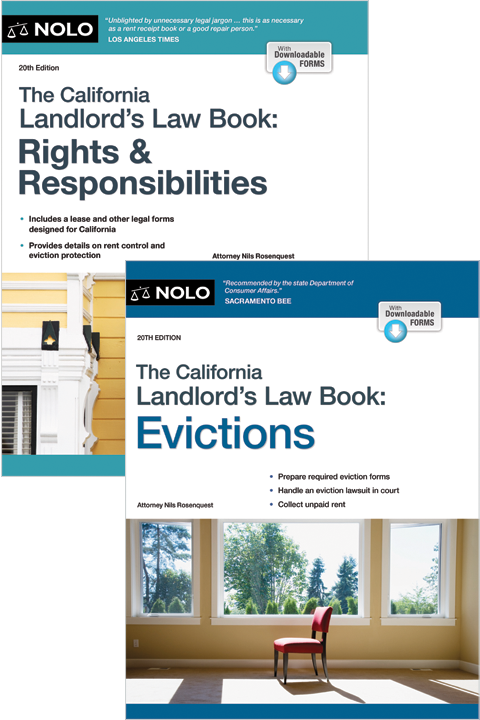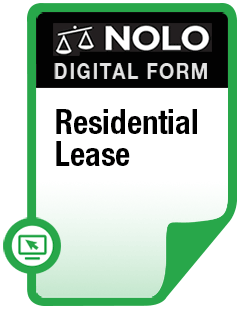How to generate passive income to offset passive losses from rental property.
Often, a landlord's tax deductions from rental properties exceed the landlord's rental income. Here's what landlords in this situation need to know.
What Is a Rental Loss?
You have a rental loss if all the deductions from a rental property you own exceed the annual rent and other money you receive from the property. It is extremely common for landlords to have rental losses, especially in the first few years of owning rental property. Rental income and deductible expenses are reported on IRS Schedule E.
What are Passive Activity Loss Rules?
Ordinarily, business and investment losses are deductible from your other income. However, this is not always the case for losses from real estate rentals.
Special passive activity loss rules (PAL rules) prevent many landlords from deducting their rental losses from other non-rental income such as salaries or investment income. This is particularly common for higher income landlords. The result is that many landlords can only deduct their rental losses from passive income—that is, rental income or income from other businesses in which they are not actively involved.
Suspended Losses
Without passive income, your rental losses become "suspended" losses: Losses you can't deduct until you have sufficient passive income in a future year or sell the property to an unrelated party. You may not be able to deduct such losses for years.
If you're in this boat, what should you do? The answer: Lower your rental expenses or generate more passive income to soak up your passive losses.
Lowering Your Rental Expenses
If you don't have enough passive income to deduct all your losses, you can reduce your losses by lowering your expenses. For example, you could:
- pay less mortgage interest on your rental properties by borrowing less money
- spend less on repairs and other operating expenses, or
- defer expenses to future years when you might have more passive income.
Of course, lowering rental expenses should not be done at the risk of violating the requirement that landlords provide habitable rentals. Some expenses incurred to ensure habitability or fix emergencies might simply be unavoidable.
Generating Passive Income (Passive Income Generators)
There are two ways to generate passive income so that you can take advantage of your passive losses:
- invest in a rental property or other businesses that produces passive income (only businesses in which you don't materially participate produce passive income), or
- sell your rental property or another passive activity you own, such as a limited partnership interest.
Some investments are especially designed to produce passive income to soak up passive losses—these are called passive income generators—PIGs for short. Limited partnerships that invest in real estate that generates substantial annual income, such as conference centers, golf courses, and ski resorts, often fall into this category. Such PIGs are syndicated—that is, they're offered to the public through public offerings—and are actively marketed by brokers. If you're interested in investing in a PIG, you'll have no trouble finding out about them from stockbrokers, financial planners, financial publications, or the Internet. Of course, you should be careful when making any investment.
One way you cannot generate more passive income to absorb your rental income is to rent to a business you own or materially participate in. Under the "self-rental rule," such income is recharacterized as nonpassive and can't be used to offset real estate rental losses. (Beecher v. Comm'r., 481 F.3d 717 (9th Cir. 2007); Treas. Reg. 1.469-2(f)(6).)
Example: Gary and Dolores Beecher are a married couple who owned two corporations engaged in the business of repairing automobile interiors and exteriors. They also owned five rental properties that resulted in substantial annual losses. The Beechers had a great idea: Because they worked out of their home, they would lease their home office to their corporation. They would use this lease income—ordinarily, passive income—to offset the losses from their rentals. As a result of this combination of income and losses, the Beechers paid no tax on the rental income paid to them by their corporations—this amounted to over $85,000 of tax-free income over three years. Unfortunately, the IRS audited the Beechers and recharacterized their rental income from their corporations as active, not passive, income. Thus, it could not be used to offset their rental losses. Under the self-rental rule, income from the rental of property for use in a trade or business in which the taxpayer materially participates is treated as nonpassive income. The courts upheld the IRS's ruling.
Additional Tax-Related Resources for Landlords
Visit Nolo's Tax Law & Deductions for Landlords section for more information, including information about tax deduction basics.
And for a more detailed discussion of the topic, see Nolo's book, Every Landlord's Tax Deduction Guide, and IRS Publication 925, Passive Activity and At-Risk Rules.
Talk to a Lawyer
Need a lawyer? Start here.
How it Works
- Briefly tell us about your case
- Provide your contact information
- Choose attorneys to contact you
- Briefly tell us about your case
- Provide your contact information
- Choose attorneys to contact you



